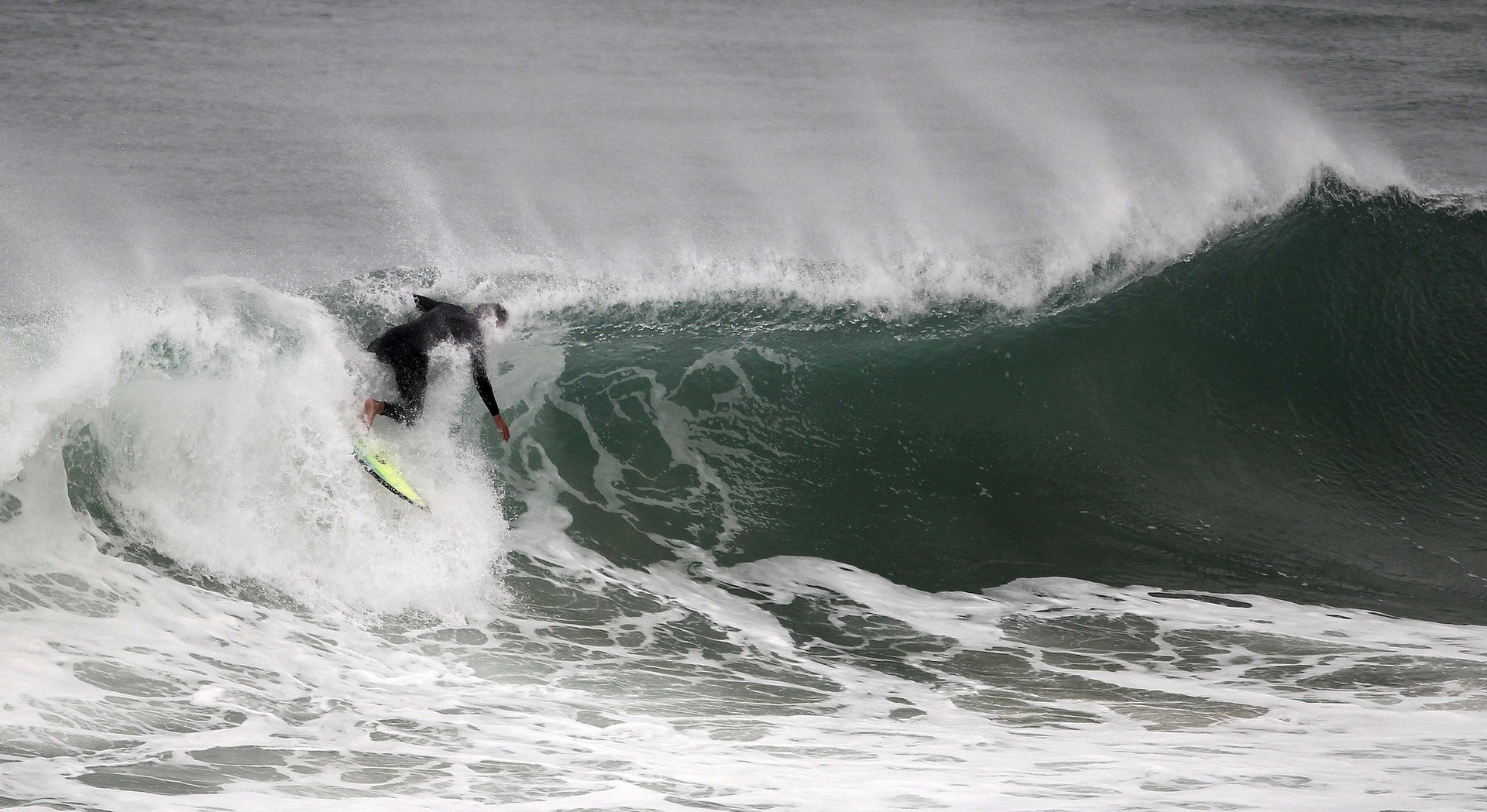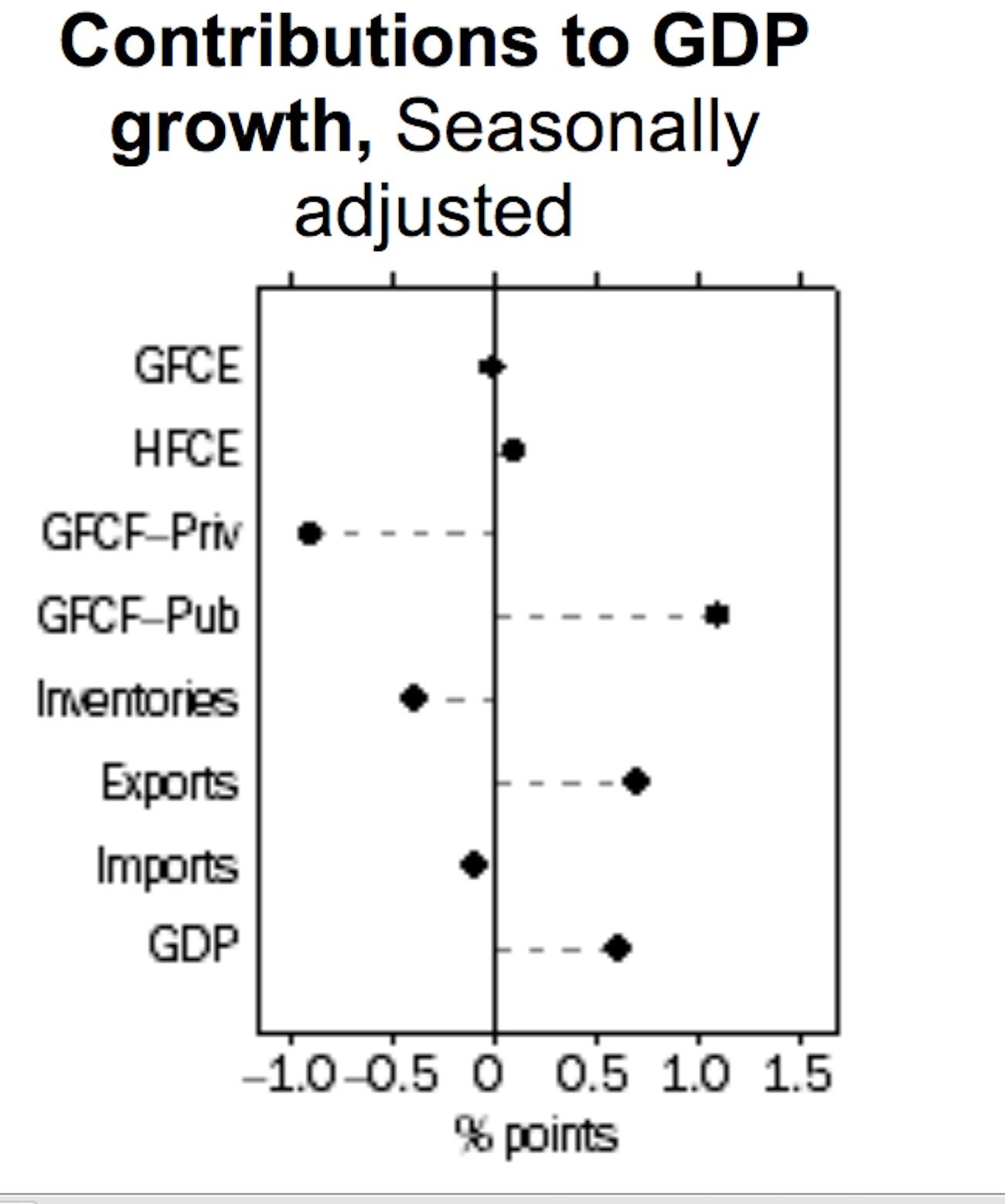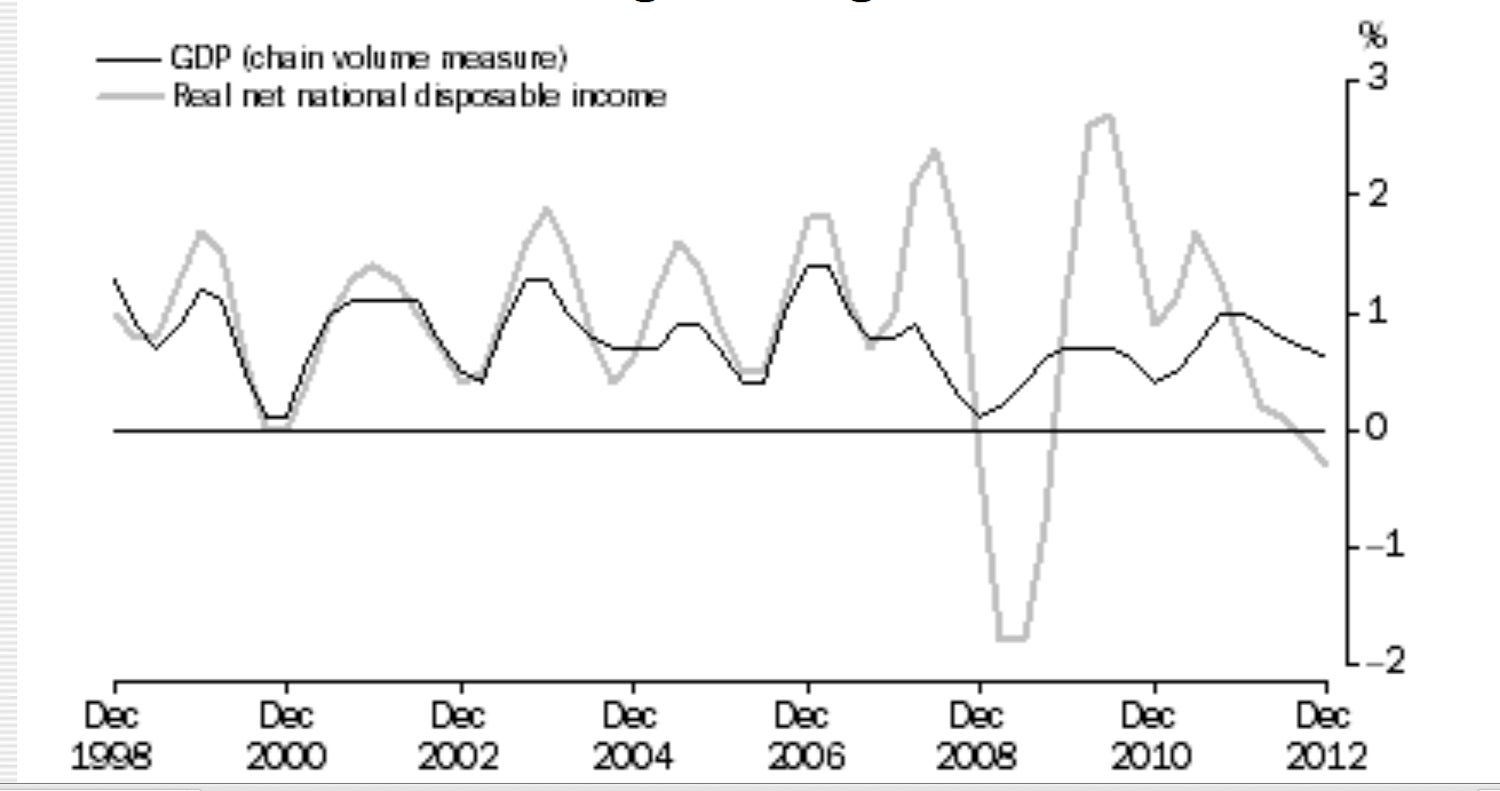Australia’s weirdly optimistic investors unfazed by lackluster GDP data
Australia’s relentlessly cheery investors have jubilantly sent stocks up to a 4.5 year high after the release of new GDP figures, even though the data itself—a 0.6% expansion in the fourth quarter—is lackluster.


Australia’s relentlessly cheery investors have jubilantly sent stocks up to a 4.5 year high after the release of new GDP figures, even though the data itself—a 0.6% expansion in the fourth quarter—is lackluster.
The country’s crucial mining sector is slowing down due to slack global commodities demand. And the nation’s housing market is slowing, with builders resorting to mortgage subsidies and discounts in an attempt to shift new homes.
The 0.6% expansion in fourth quarter GDP was a slight slowdown from the 0.7% growth in the previous three months. And much of the increase came from higher public sector spending. “If it wasn’t for a particularly large, and some would say, abnormal increase in public sector capital investment, GDP would be a lot weaker,” Citi senior economist Josh Williamson told the Sydney Morning Herald.
As this chart shows, public sector gross fixed capital formation ( GFCF) is on the rise while the corresponding figure for the private sector has fallen.

Meanwhile, possibly due to job losses in the mining industry, Australians’ disposable income is falling. That does not bode well for retailers and other sectors reliant on consumer spending.
